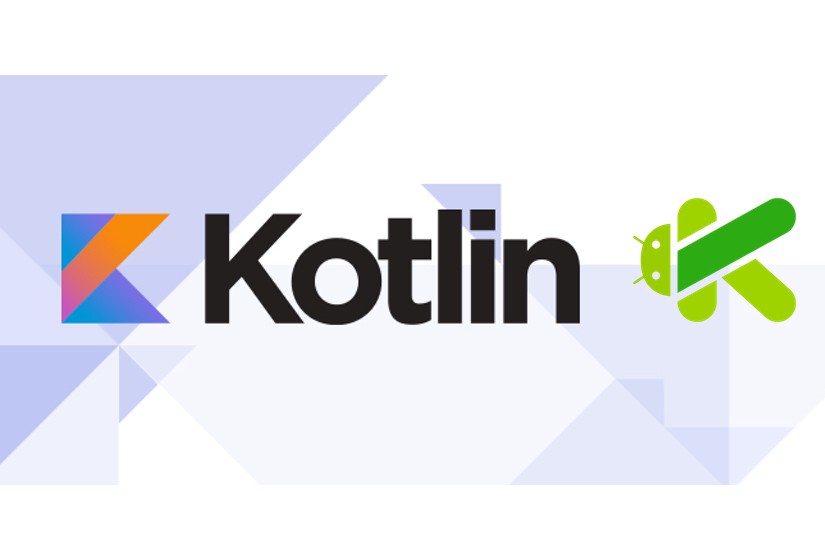

The full list of supported built-in libraries and the versions can be found here. Magic command (%use): Only Kotlin kernel built-in libraries are valid.In the following script, we present two options to indicate Jupyter to add Krangl dependency to the current notebook. To use Krangl on Jupyter Notebooks, we will typically start adding the library to the project. Krangl provides convenience methods that allow data scientists to filter, transform, aggregate, and reshape their data to get it ready to feed any machine learning model. In this way, it makes it extremely easy to manipulate tabular data in the form of dataframes. Krangl is written in Kotlin, which makes it fully interoperable with Java, and it relies on a data manipulation grammar implemented using a functional-style. Krangl is highly inspired by other libraries available for languages like pandas (Python) and dplyr (R). This means that dataframe’s rows do not need to contain, but can contain, the same type of values: they can be numeric, character, logical, etc. Each row of these structures corresponds to measurements or values of an instance, while each column is a vector containing data for a specific variable. Let’s briefly introduce the concepts and technologies we are going to explore:ĭataframe: A dataframe is defined as a two-dimensional labeled data structure with columns of potentially different types.

Namely, this post focuses on creating, importing, and exporting data using dataframes, which is a core concept behind current data analysis approaches. This tutorial aims to provide an introduction to tabular data manipulation using the Kotlin language and Krangl library.

Docker Community: v.20.10.2 for Mac ( how to install docker).Operating System: MacOS Monterrey 12.5.1.This step-by-step tutorial is written based on the following requirements: In this article, we will offer an introduction to working with dataframes using Krangl, a Kotlin library for data wrangling. From building data pipelines to productionizing machine learning models, Kotlin covers most of the needs thanks to a great ecosystem that provides solutions for dataframe manipulation, data visualization, deep learning, or natural language processing, among others. The expertise and background of your team, as well as some other environmental constraints, should influence your technology stack of choice.īased on this, Kotlin appears as an attractive alternative for those JVM-based environments where data science activities are meant to be implemented. However, it does not mean that you should mandatory go for Python when starting your own project. Python is the reference language for data science projects in general and machine learning in particular. Kotlin and Krangl code running on Jupyter Lab (Image by author)


 0 kommentar(er)
0 kommentar(er)
